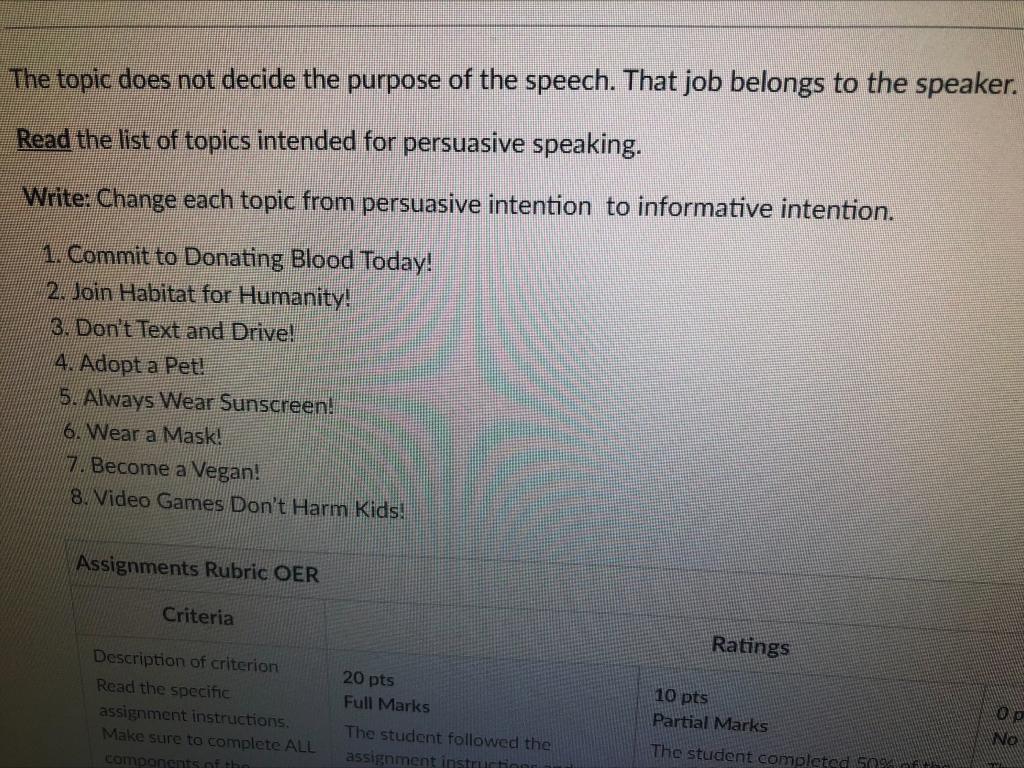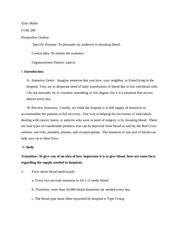Blood donation is a simple and selfless act that can have a profound impact on the lives of others. By donating blood, individuals have the opportunity to save lives and improve the health of their communities. In this informative speech, we will explore the benefits of blood donation, the process of donating blood, and the ways in which individuals can get involved in this important cause.
First and foremost, it is important to understand the benefits of blood donation. Blood is a vital component of the human body, and it plays a crucial role in many different functions. It carries oxygen and nutrients to the cells, removes waste and carbon dioxide, and helps to protect against infection and disease. When someone is injured or ill, they may need a blood transfusion to replace lost blood or to treat a specific medical condition. By donating blood, individuals can help to ensure that there is a sufficient supply of blood available for those in need.
In addition to the direct benefits of blood donation, there are also numerous indirect benefits. For example, donating blood can help to reduce the risk of heart disease and stroke. When an individual donates blood, their body responds by producing new red blood cells, which can help to lower the amount of iron in the body. High levels of iron can increase the risk of heart disease and stroke, so donating blood can help to reduce this risk.
So, how does the process of donating blood work? The process is relatively simple and typically takes about an hour from start to finish. First, individuals must meet certain eligibility requirements, which may vary slightly depending on the blood bank or donation center. Generally, donors must be in good health, at least 17 years old (or 16 with parental consent), and weigh at least 110 pounds. They will also need to provide identification and answer a series of health-related questions to determine their eligibility.
Once an individual is approved to donate blood, they will be escorted to a private donor room where they will be asked to lie down on a comfortable bed or chair. A trained medical professional will then insert a sterile needle into a vein in the arm and collect the blood using a special bag or container. The entire process usually takes about 10-15 minutes, and the blood is then tested and processed before being made available for transfusion.
So, how can individuals get involved in blood donation? The first step is to find a local blood bank or donation center and schedule an appointment. Many blood banks and hospitals have regular blood drives, and individuals can also schedule appointments online or by phone. It is important to note that blood donation is a continuous need, and most healthy individuals can donate blood every 56 days.
In conclusion, blood donation is a simple and selfless act that can have a profound impact on the lives of others. By donating blood, individuals have the opportunity to save lives and improve the health of their communities. If you are interested in donating blood, be sure to find a local blood bank or donation center and schedule an appointment. Together, we can make a difference in the lives of others and create a healthier, stronger community.







